MHD (Magnetic Field): ANSYS Fluent Training Package, 5 CFD Simulations
$349.00 $174.50 Student Discount
- Master Magnetohydrodynamics (MHD) through five comprehensive CFD simulations
- Learn advanced nanofluid behavior under magnetic field influence
- Explore diverse applications from basic fluid flows to complex separators
- Develop expertise in magnetic force effects on aerodynamics
- Perfect your skills in coupled electromagnetic and fluid flow analysis
- Apply professional-grade MHD simulation techniques to engineering challenges
To Order Your Project or benefit from a CFD consultation, contact our experts via email (info@mr-cfd.com), online support tab, or WhatsApp at +44 7443 197273.
There are some Free Products to check our service quality.
If you want the training video in another language instead of English, ask it via info@mr-cfd.com after you buy the product.
Description
Magnetohydrodynamics: From Fundamental Flows to Advanced Applications
Comprehensive MHD Simulation Training
This specialized training package guides learners through five carefully selected applications of magnetohydrodynamics, progressing from fundamental fluid behavior to complex industrial applications. Using ANSYS Fluent, participants master the intricate coupling between magnetic fields and fluid dynamics.
Technical Depth and Applications
The course structure builds from basic MHD principles to sophisticated applications, emphasizing the practical implementation of magnetic field effects in various engineering scenarios. Each module introduces new concepts while reinforcing fundamental understanding.
Advanced Applications and Analysis
Fundamental MHD Flow Physics
Beginning with basic MHD fluid flow, the course establishes core principles of magnetic field interactions with conducting fluids. This foundation becomes crucial for understanding more complex applications that follow.
Nanofluid Applications
The course advances into specialized nanofluid applications, exploring both two-dimensional and three-dimensional cases. These modules demonstrate how magnetic fields influence heat transfer and flow characteristics in nanofluids, with practical implications for thermal management systems.
Specialized Engineering Applications
The final segments focus on unique applications, including magnetic effects on aerodynamic performance and spiral magnetic separation technology. These advanced modules integrate MHD principles with practical engineering challenges, demonstrating real-world applications.
Professional Implementation
The course ensures thorough understanding of MHD phenomena while maintaining focus on practical applications. From basic fluid dynamics to complex separation processes, each module contributes to mastery of magnetic field effects in fluid systems. This approach equips engineers with essential skills for:
Multi-Physics Analysis
Understanding the complex interactions between electromagnetic fields and fluid dynamics, particularly in specialized applications like nanofluid systems and aerodynamic control.
Industrial Applications
Applying MHD principles to practical challenges such as magnetic separation and flow control, meeting industry standards for professional engineering practice.
This comprehensive coverage bridges theoretical understanding and practical implementation, preparing engineers for advanced challenges in MHD applications and design optimization.
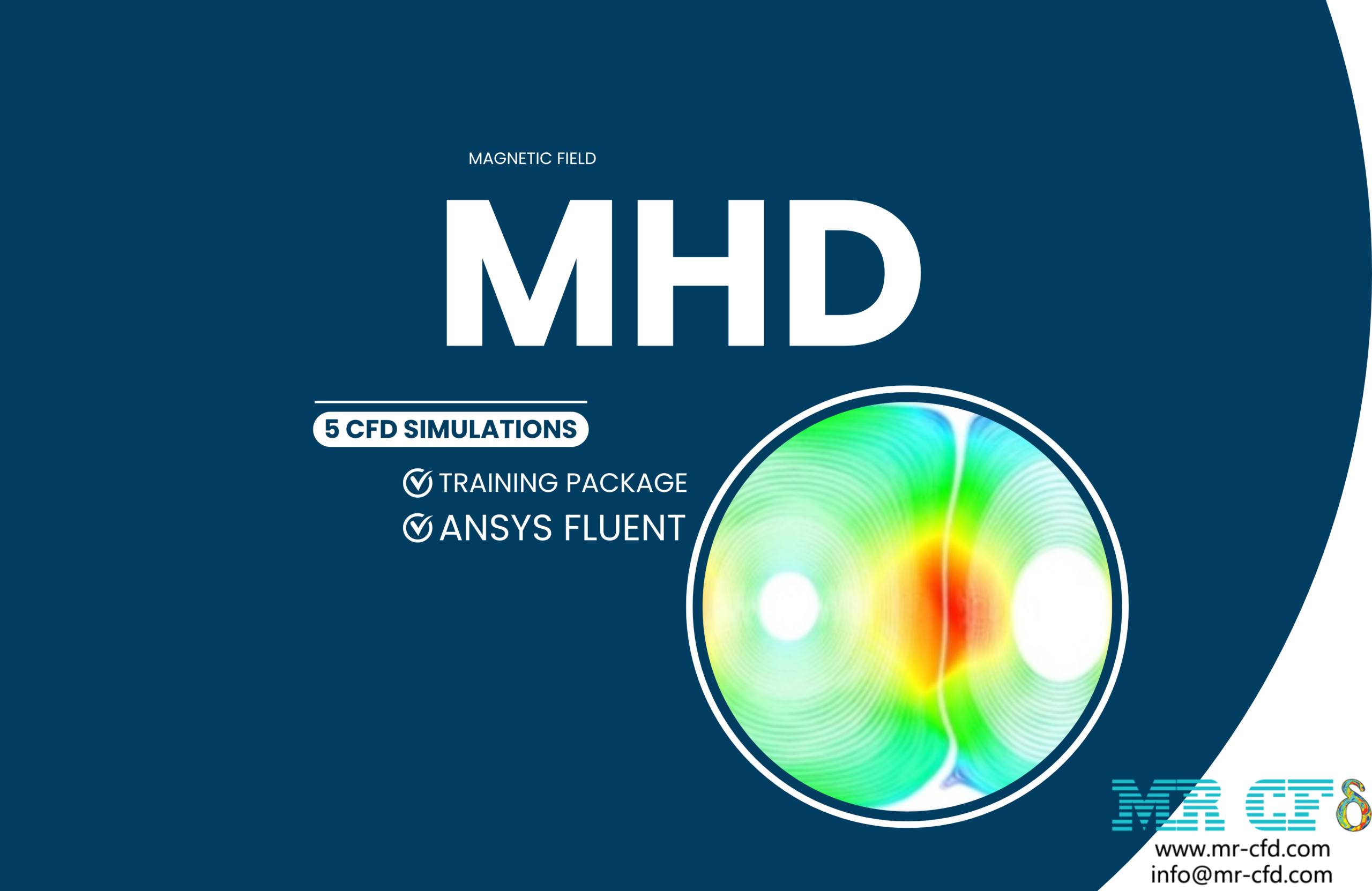
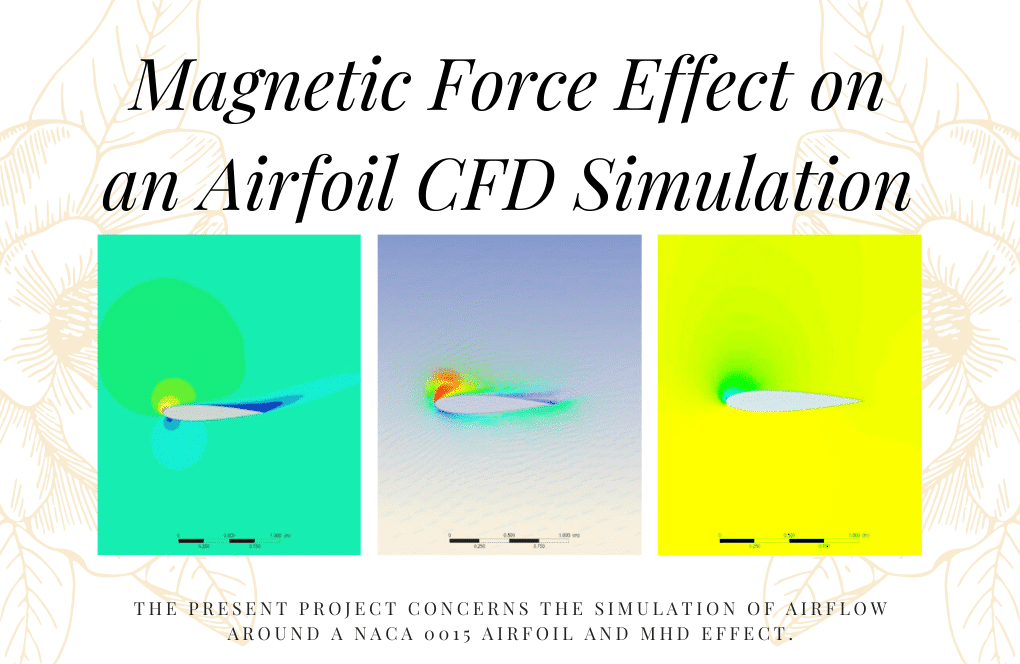

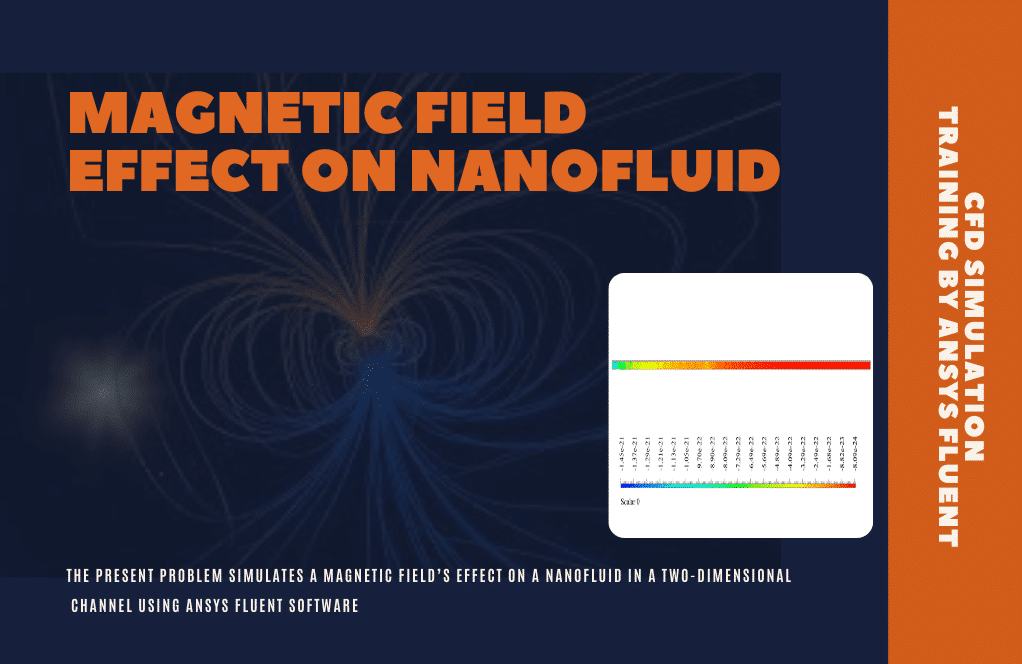

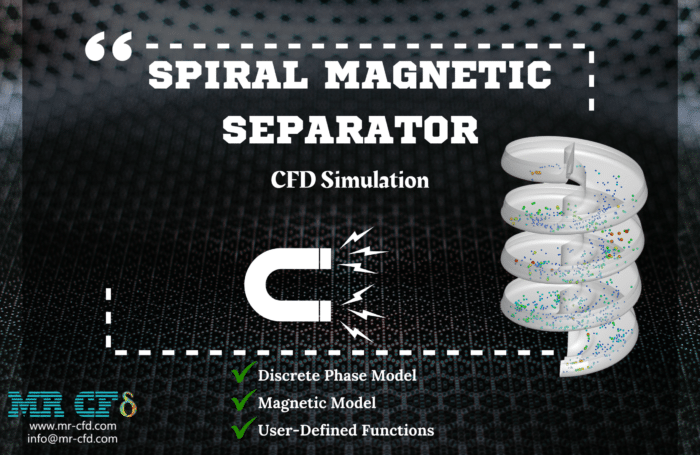
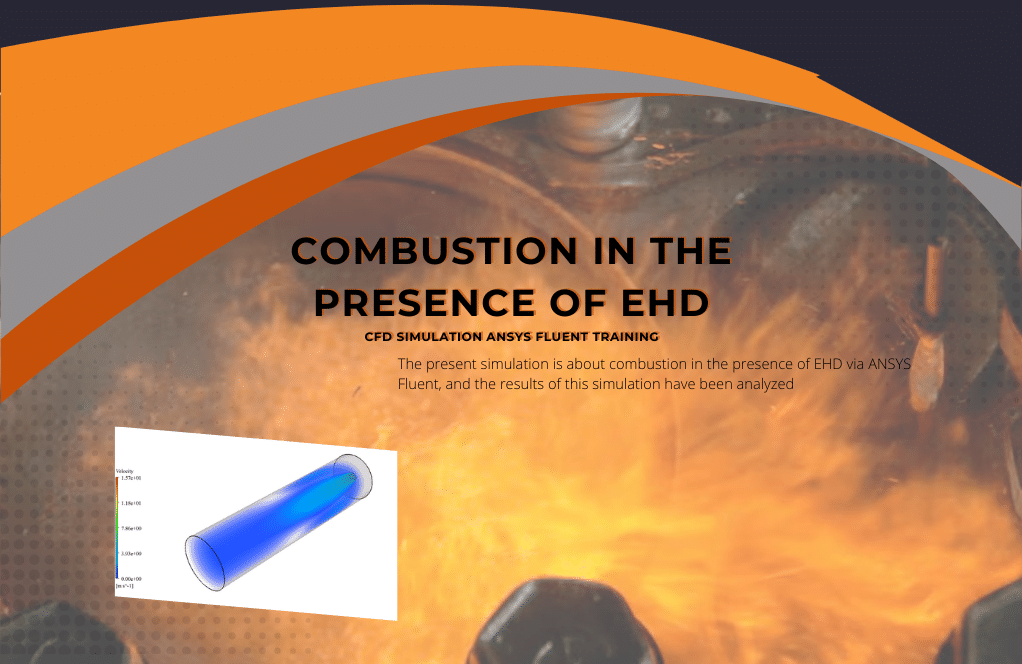
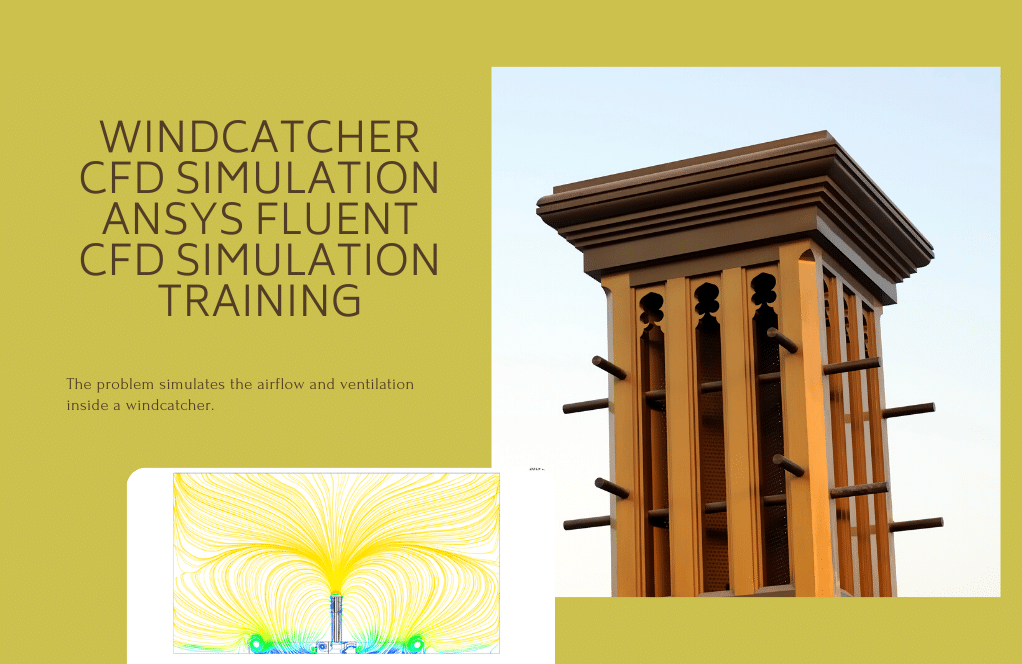
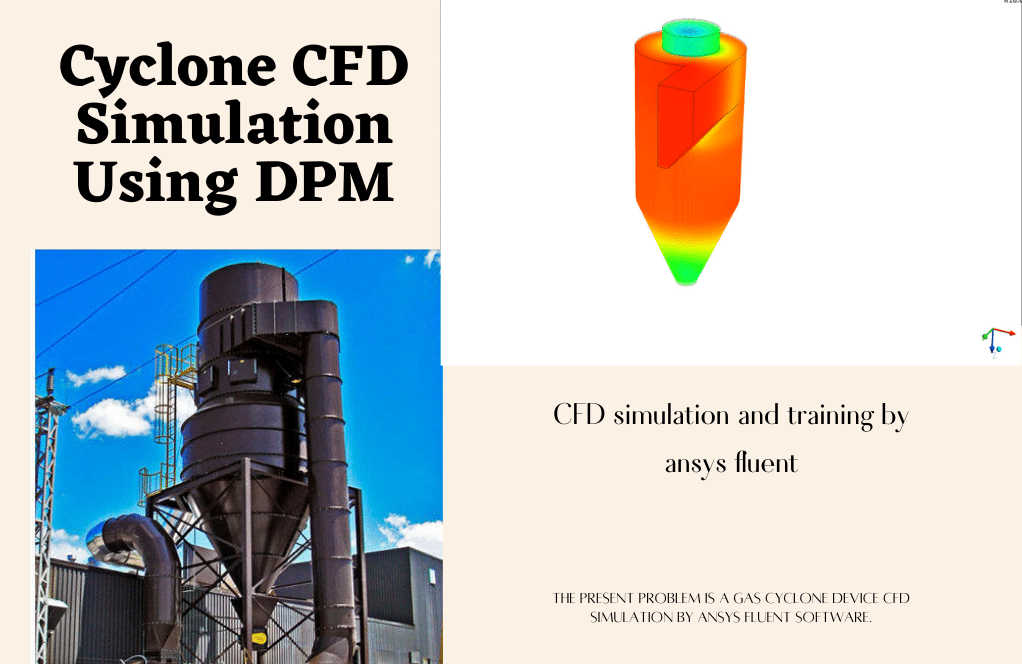
Shemar Krajcik –
What kind of support is available if I encounter difficulties while using the package?
MR CFD Support –
We provide comprehensive support to all our users. If you encounter any issues or have any questions, feel free to reach out to us.
Shannon Green –
I’m working on a project involving EHD in microfluidic systems. Can this package accommodate that?
MR CFD Support –
Definitely. Our package is designed to handle a wide range of applications, including EHD in microfluidic systems. We are also open to contributions and can customize the simulations to suit your project requirements.
Malvina Kunde –
How effective is the MHD-EHD ANSYS Fluent Training Package in simulating magnetohydrodynamic and electrohydrodynamic phenomena?
MR CFD Support –
The MHD-EHD ANSYS Fluent Training Package is designed with robust algorithms that effectively simulate both magnetohydrodynamic (MHD) and electrohydrodynamic (EHD) phenomena. It ensures accurate and reliable results.
Fernando Kreiger –
Can this package handle complex geometries in MHD and EHD simulations?
MR CFD Support –
Yes, our package can effectively handle complex geometries, ensuring accurate simulation of MHD and EHD phenomena in various scenarios.
Shad Romaguera –
How user-friendly is this package for someone new to MHD and EHD simulations?
MR CFD Support –
The package is designed to be user-friendly, providing a step-by-step guide and practical exercises to help beginners understand and apply MHD and EHD simulations.
Pablo Mertz –
The MHD & EHD Training Package seems really intricate and comprehensive. Can you tell me if the projects included step me through the process of verifying the simulation results against any analytical solution or experimental data?
MR CFD Support –
One major aspect of any CFD training is to endorse simulation results against analytical solutions or experimental data. The projects within the MHD & EHD Training Package include methods and instructions on how to verify and validate simulation results. This typically involves comparisons of outcomes to known analytical solutions where applicable or correlating findings against data collected from the controlled experimental setups.
Georgiana Ebert DDS –
I’m having such a positive experience working through the MHD & EHD Training Package! Each practical exercise not only boosts my understanding but provides a clear application of theoretical knowledge to practical CFD challenges. These bite-sized, cumulative lessons have enabled me to steadily improve my simulation skills.
MR CFD Support –
Thank you for your kind words! We’re delighted to hear that our MHD & EHD Training Package has effectively enhanced your CFD simulation skills and provided you with a solid understanding of practical applications. Your positive experience motivates us to continue delivering high-quality learning materials. Keep up the great work!
Dina Bogisich –
The EHD module sounds intriguing. Can the influence of electrical properties on fluid mechanics really lead to a significant increase in heat transfer?
MR CFD Support –
Yes, the EHD module facilitates simulation of the influence of electrical properties on fluid dynamics. The imposition of an electrical potential can modify a fluid’s characteristics, such as electrical conductivity and permittivity, leading to changes in flow behavior and potentially enhanced heat transfer due to increased fluid mixing and disturbance.
Braxton Kuphal –
I am very pleased with the depth of topics and practical exercises included in the MHD & EHD Training Package. The explanations are clear, and I found the training material boosted my understanding of the complex interactions in magneto and electrohydrodynamics. Great job on delivering a rich learning experience!
MR CFD Support –
Thank you for your kind feedback! We’re delighted to hear that you are satisfied with our MHD & EHD Training Package and that it has enriched your understanding of the subject matter. We are committed to providing quality training materials and are thrilled we could help enhance your learning experience. If you have any more feedback or need further assistance, please don’t hesitate to reach out.
Mrs. Angie Hickle I –
The package sounds extensive! Are the tutorial materials beginner-friendly, or do I need prior knowledge in physics and CFD to get started?
MR CFD Support –
The training package is designed to cater to different skill levels, including BEGINNER, INTERMEDIATE, and ADVANCED users. Therefore, it starts with the basics and progressively approaches more complex simulations. Basic knowledge in physics and CFD is helpful, but the materials are structured to assist even those who are just starting out.
Maryam Lindgren III –
I just completed the MHD & EHD Training Package, and the step-by-step approach through each module was wonderful. It not only provided theoretical insights into MHD and EHD but also allowed me to get practical with various simulations, enhancing my comprehension exponentially. The projects were diverse and presented real-world problems which made learning very engaging. Particularly, analyzing the effect of magnetic fields on fluid flows and how it impacts lift in an airfoil added depth to my understanding of aerodynamics in ways textbooks alone could not convey.
MR CFD Support –
We’re thrilled to hear that you’ve had such a positive and fruitful learning experience with our MHD & EHD Training Package! Implementing theoretical concepts through practical exercises is one of our core teaching strategies, and we’re pleased to know it had a significant impact on your understanding. Thank you for your feedback and for choosing our training for your educational journey. We look forward to providing you with more enriching experiences in the future!